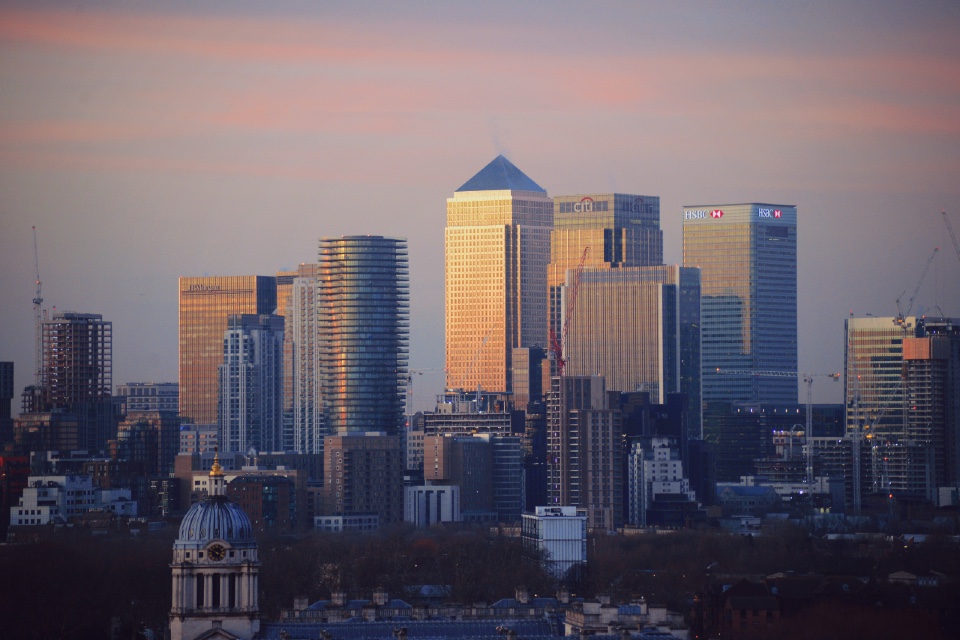The cybersecurity landscape has always evolved rapidly, with new threats emerging and old ones becoming more sophisticated. As defenders strive to stay ahead, generative artificial intelligence (AI) is proving to be a game-changing ally, transforming threat detection, response strategies, and even the creation of defensive measures.
Generative AI holds the potential to transform threat detection. By learning from past cyber-attacks and security incidents, AI can generate predictive models to identify potential threats before they materialise. This capability enables proactive security measures and mitigates the risk of breaches, significantly bolstering cybersecurity efforts.
Beyond prediction, generative AI also enhances incident response. When a security incident occurs, AI can generate an optimal response strategy based on factors like the nature of the threat, the systems affected, and past successful interventions. By minimising the time between threat detection and response, AI can limit the damage inflicted by cyber-attacks.
In the realm of network security, generative AI is instrumental in the creation of ‘honeypots’ – decoy systems designed to lure attackers. AI can generate realistic network traffic, creating convincing honeypots that can distract attackers, provide early warning of an attack, and provide valuable intelligence about attacker tactics.
Another transformative application of generative AI is in cybersecurity training. AI can generate simulated cyber-attack scenarios for cybersecurity professionals to practice their response, improving their skills and readiness for real-world threats.
Perhaps most innovatively, generative AI can be used to create new security systems. AI algorithms can generate novel encryption algorithms, security protocols, or system configurations, pushing the boundaries of current cybersecurity technology and making our digital assets more secure.
However, as promising as these advancements are, the integration of generative AI in cybersecurity is not without challenges. Issues of data privacy, the risk of AI being used maliciously, and the need for humans in the loop to supervise and interpret AI actions must be addressed.
In conclusion, the potential of generative AI in revolutionising the cybersecurity industry is immense. It brings forth a proactive, adaptive, and innovative approach to cybersecurity, helping defenders stay one step ahead of attackers. As generative AI continues to evolve, it will undoubtedly shape the future of cybersecurity, transforming it into a more resilient, intelligent, and agile domain. The cybersecurity industry stands on the cusp of this exciting era, and the successful navigation of this transformation will determine its efficacy in our increasingly interconnected world.
The cybersecurity landscape is evolving rapidly, with new threats emerging and old ones becoming more sophisticated. As defenders strive to stay ahead, generative artificial intelligence (AI) is proving to be a game-changing ally, transforming threat detection, response strategies, and even the creation of defensive measures.
Generative AI holds the potential to transform threat detection. By learning from past cyber-attacks and security incidents, AI can generate predictive models to identify potential threats before they materialise. This capability enables proactive security measures and mitigates the risk of breaches, significantly bolstering cybersecurity efforts.
Beyond prediction, generative AI also enhances incident response. When a security incident occurs, AI can generate an optimal response strategy based on factors like the nature of the threat, the systems affected, and past successful interventions. By minimising the time between threat detection and response, AI can limit the damage inflicted by cyber-attacks.
In the realm of network security, generative AI is instrumental in the creation of ‘honeypots’ – decoy systems designed to lure attackers. AI can generate realistic network traffic, creating convincing honeypots that can distract attackers, provide early warning of an attack, and provide valuable intelligence about attacker tactics.
Another transformative application of generative AI is in cybersecurity training. AI can generate simulated cyber-attack scenarios for cybersecurity professionals to practice their response, improving their skills and readiness for real-world threats.
Perhaps most innovatively, generative AI can be used to create new security systems. AI algorithms can generate novel encryption algorithms, security protocols, or system configurations, pushing the boundaries of current cybersecurity technology and making our digital assets more secure.
However, as promising as these advancements are, the integration of generative AI in cybersecurity is not without challenges. Issues of data privacy, the risk of AI being used maliciously, and the need for humans in the loop to supervise and interpret AI actions must be addressed.
In conclusion, the potential of generative AI in revolutionising the cybersecurity industry is immense. It brings forth a proactive, adaptive, and innovative approach to cybersecurity, helping defenders stay one step ahead of attackers. As generative AI continues to evolve, it will undoubtedly shape the future of cybersecurity, transforming it into a more resilient, intelligent, and agile domain.
The cybersecurity industry stands on the cusp of this exciting era, and the successful navigation of this transformation will determine its efficacy in our increasingly interconnected world.





